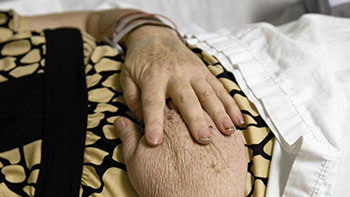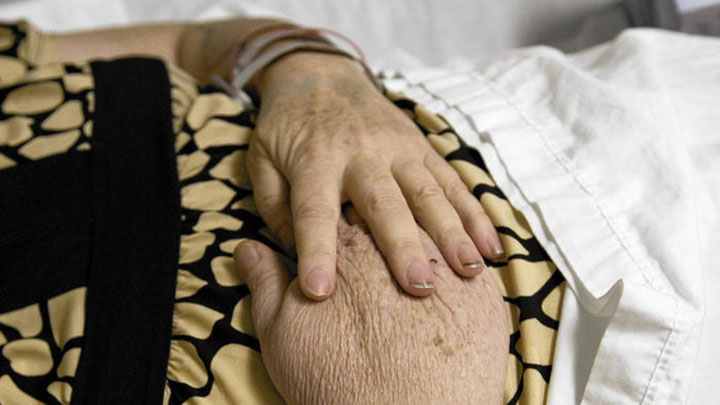Many cancer patients, especially those who’ve undergone breast cancer treatment, experience painful, swollen limbs, a condition called lymphedema.
Now researchers say they’ve found an underlying mechanism that could eventually lead to the first drug therapy for the debilitating condition.
The findings come from research in mice and human cells. However, there’s already a clinical trial underway to see whether these lab discoveries will translate into a new lymphedema treatment.
It’s estimated that 10 million Americans have lymphedema, said Dr. Stanley Rockson, one of the senior researchers on the study.
“Even though many people might not recognize the term, it’s a very common condition,” said Rockson, a professor at Stanford University School of Medicine in Stanford, Calif.
People with lymphedema have excess fluid buildup in parts of the body, usually the arms or legs. Most often, the condition arises after certain cancer treatments damage the lymphatic system, preventing lymph fluids from draining properly.
 Right now, there is no cure or drug therapy for lymphedema, Rockson said. Instead, it’s typically managed with measures such as massage, compression garments and pneumatic compression devices.
Right now, there is no cure or drug therapy for lymphedema, Rockson said. Instead, it’s typically managed with measures such as massage, compression garments and pneumatic compression devices.
Lymphedema is not just a cosmetic issue: It can be uncomfortable, hinder range of motion, and make people vulnerable to infections, according to the American Cancer Society.
“It can severely limit physical and social functioning,” Rockson said.In the new study, he and his colleagues aimed to get a clearer understanding of the molecular mechanisms that drive lymphedema. So they turned to a drug called ketoprofen.
The drug, a painkiller, has actually been studied as a lymphedema treatment. The problem, according to Rockson, is that ketoprofen can have side effects for the heart, gastrointestinal tract and kidneys.
Safer alternatives are needed, he said.
To zero in on ketoprofen’s good side — its action against lymphedema — the researchers used lab mice induced to have a lymphedema-like condition. The scientists found that the drug prevented tissue injury and fluid buildup by blocking a protein called leukotriene B4 (LTB4).







